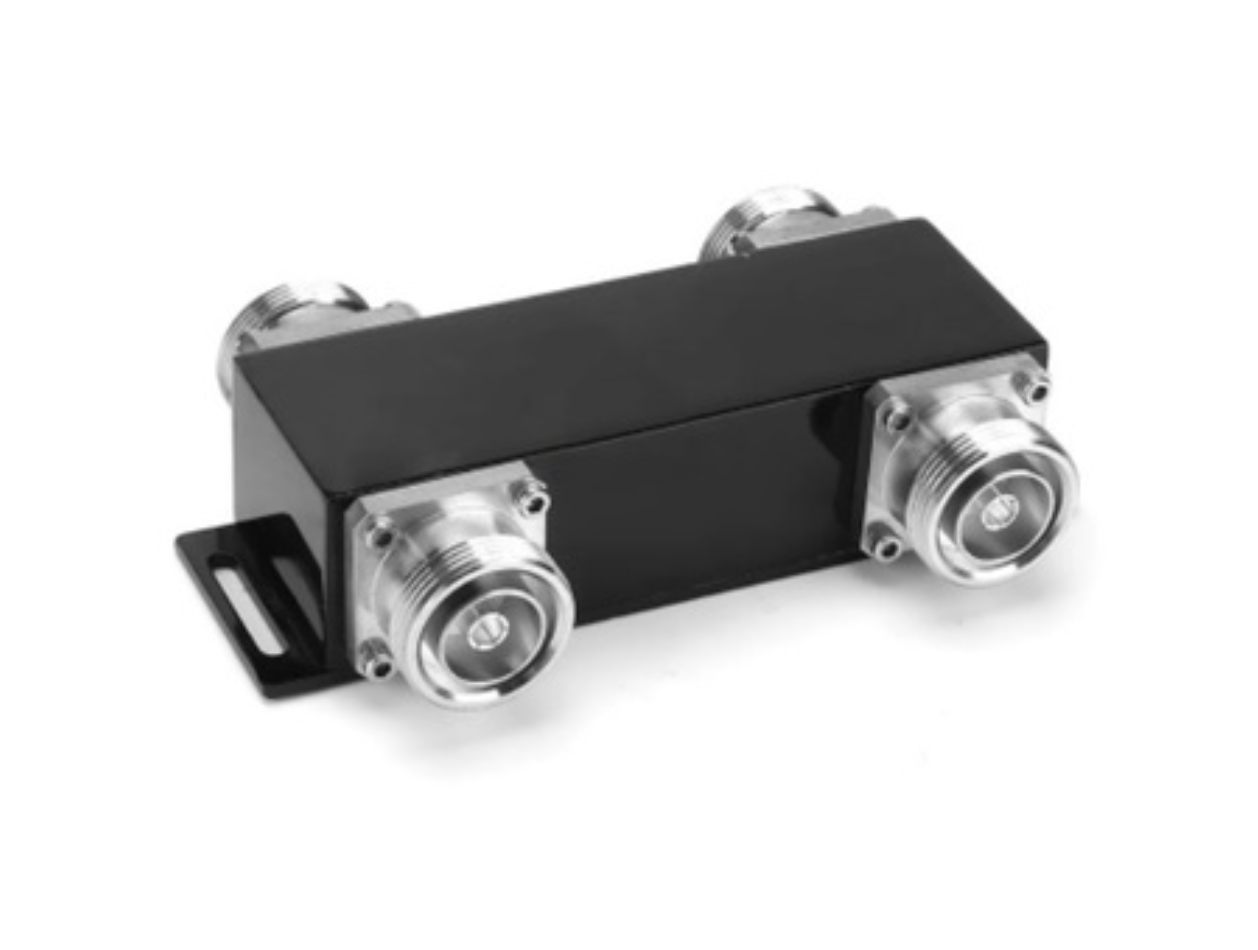In modern communication networks, Distributed Antenna Systems (DAS) have become a critical solution for operators to address indoor coverage, capacity enhancement, and multi-band signal transmission. The performance of a DAS depends not only on the antennas themselves but is also significantly influenced by various passive components within the system, particularly power splitters and directional couplers. Selecting the right components directly determines signal coverage quality and overall network operational efficiency.
I. The Role of Power Splitters in DAS
Power splitters are primarily used to evenly distribute base station signals to multiple indoor antenna ports, enabling coverage across multiple areas.
Key Considerations When Selecting Power Splitters:
Insertion Loss
Lower insertion loss results in higher signal transmission efficiency. In large-scale indoor coverage projects, operators typically opt for low-loss power splitters to minimize power wastage.
Port Isolation
High isolation reduces crosstalk between ports, ensuring signal independence among different antennas.
Power Handling Capability
In high-power application scenarios (e.g., DAS in large venues), it is essential to select power splitters capable of handling higher input power to ensure long-term stable operation.
II. The Application of Couplers in DAS
Couplers are used to extract a portion of the signal from the main trunk to feed antennas in specific indoor areas, such as corridors or floor distributions.
Key Considerations When Selecting Couplers:
Coupling Value
Common coupling values include 6 dB, 10 dB, and 15 dB. The coupling value affects the power allocated to the antennas. Operators should select the appropriate coupling value based on coverage requirements and the number of antennas.
Directivity and Isolation
High-directivity couplers reduce signal reflection, enhancing the stability of the main trunk link.
Low PIM Characteristics
In 5G and multi-band DAS systems, low Passive Intermodulation (PIM) couplers are particularly important to avoid intermodulation interference and ensure signal quality.
III. Practical Selection Strategies for Operators
In engineering deployments, operators typically consider the following factors to comprehensively select power splitters and couplers:
Coverage Scenario Scale: Small office buildings may use 2-way or 3-way power splitters, while large stadiums or airports require a combination of multi-stage power splitters and various couplers.
Multi-Band Support: Modern DAS must support frequency ranges from 698–2700 MHz and even extend to 3800 MHz. Operators need to select passive components that are compatible with full frequency bands.
System Balance: By rationally combining power splitters and couplers, operators can ensure balanced signal strength across all areas, avoiding coverage blind spots or over-coverage.
Chengdu Concept Microwave Technology CO.,Ltd is a professional manufacturer of the Passive microwave components for DAS system , including the RF lowpass filter , highpass filter , bandpass filter , notch filter/band stop filter , duplexer,Power divider and directional coupler . All of them can be customized according to your requrements .
Welcome to our web : www.concept-mw.com or reach us at: sales@concept-mw.com


Post time: Sep-16-2025
